ABSTRACT
This dissertation studies the problem of energy efficiency in resource constrained and heterogeneous wireless sensor networks(WSNs) for data collection applications in real-world scenarios. The problem is addressed from three different perspectives: network routing, node energy profiles, and network management. First, the energy ecfficiency in a WSN is formulated as a load balancing problem, where the routing layer can diagnose and exploit the WSN topology redundancy to reduce the data traffic processed in critical nodes, independent of their hardware platform, improving their energy consumption and extending the network lifetime.
We propose a new routing strategy that extends traditional cost-based routing protocols and improves their energy efficiency while maintaining high reliability. The evaluation of our approach shows a reduction in the energy consumption of the routing layer in the busiest nodes ranging from 11% to 59%, while maintaining over 99% reliability in WSN data collection applications. Second, a study of the effect of the MAC layer on the network energy efficiency is performed based on the nodes energy consumption profile.
The resulting energy profiles reveal significant differences in the energy consumption of WSN nodes depending on their external sensors, as well as their sensitivity to changes in network traffic dynamics. Finally, the design of a general integrated framework and data management system for heterogeneous WSNs is presented. This framework not only allows external users to collect data, while monitoring the network performance and energy consumption, but also enables our proposed network redundancy diagnosis and energy profile calculations
BACKGROUND
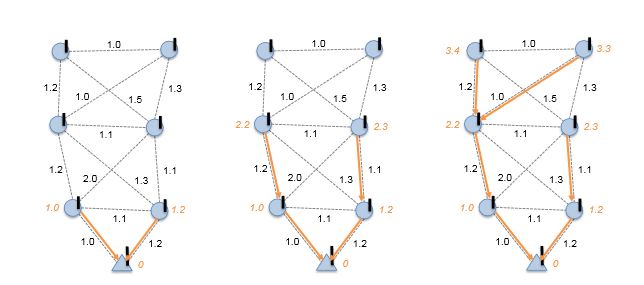
Figure 2.1. An example of the iterations to compute the node ETX in CTP
An example of the iterations to compute node ETX values in CTP is shown in Figure 2.1, where nodes located one hop from the sink compute their costs based on their link qualities, knowing that the sink has a node ETX equal to zero. In the next iteration, nodes two hops from the sink compute their node costs and the process continues until all nodes in the network define their node ETX values.
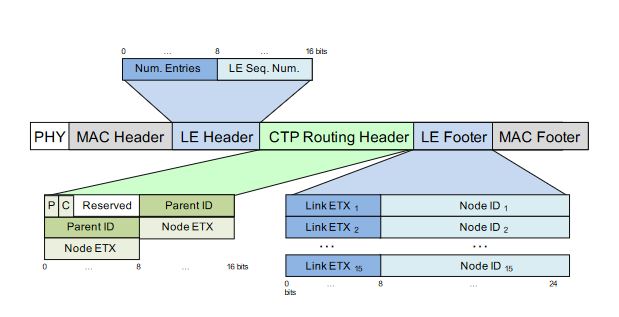
Figure 2.3. CTP routing packet structure
These packets include specific headers controlled by the Link Estimator and Routing Engine components, as shown in Figure 2.3. The routing packet structure shows that a fixed-size header from the Link Estimator (2 Bytes) and a CTP routing header (5 Bytes) are included.
THE ASWP TESTBED
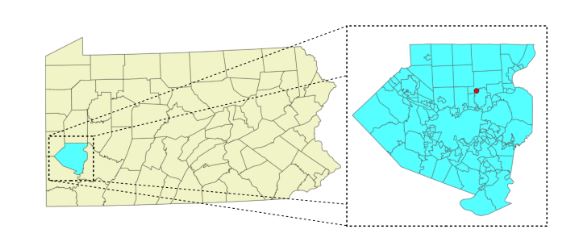
Figure 3.1. Location of the ASWP testbed (red dot) in Allegheny County (highlighted in cyan and enlarged), Pennsylvania, USA
The testbed is deployed at the Beechwood Farms Nature Reserve (BFNR) of the Audubon Society of Western Pennsylvania (ASWP), located in Fox Chapel in northern Allegheny County, Pennsylvania, USA, as shown in Figure 3.1. The BFNR is 134 acres of protected land, which is owned by the Western Pennsylvania Conservancy.
The hardware in the test-bed combines heterogeneous WSN platforms and all nodes perform both networking and sensing tasks in a flat network setting (i.e., non-hierarchical deployment). As of August 2015, the ASWP testbed includes 84 WSN nodes, which correspond to 35 TelosB, 25 MICAz, and 24 IRIS motes, with one IRIS sink node.
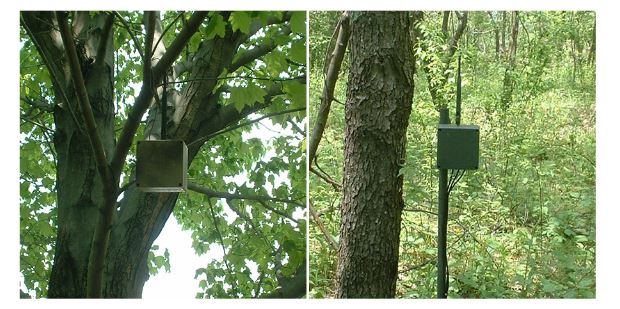
Figure 3.2. Examples of node configurations in the ASWP testbed
ENERGY EFFICIENT AND BALANCED ROUTING (EER)
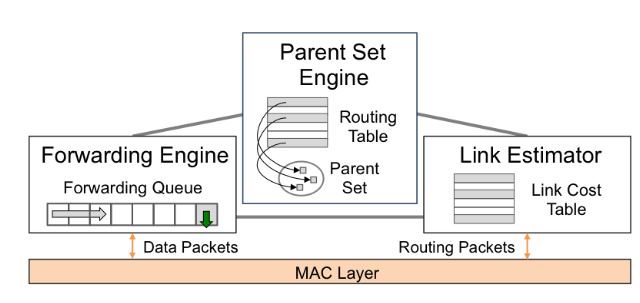
Figure 4.2. Main components of CTP+EER.
The new Parent Set Engine, in addition to managing the routing table, is in charge of building and maintaining the parent set in each node, assigning the forwarding node for each data packet transmission, and defining the re-transmission strategy. The architecture of CTP+EER with these three major components is shown in Figure 4.2.
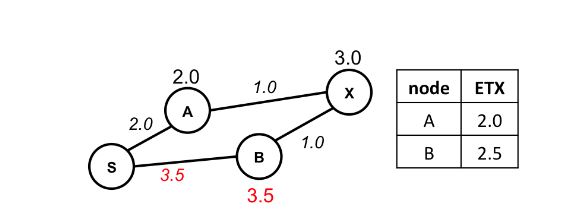
Figure 4.4. An example of a routing cost inconsistency in EER without relaxing the loop-detection condition
To address this problem, we relaxed the loop-detection condition by adding the cost of one perfect transmission to the routing cost indicated in received packets, as defined in (4.4). This condition prevents generating unnecessary routing packets for inconsistencies detected from neighbor nodes at the same routing cost level (e.g., among members of the parent set).
EVALUATION OF EER
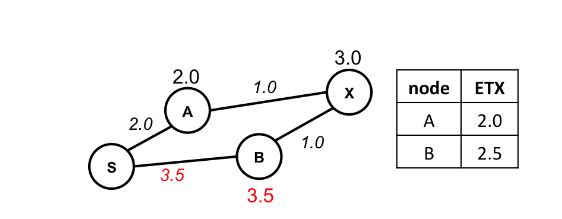
Figure 5.1. Path length distribution in Indriya based on CTP
We start by characterizing the WSN topology in Indriya and we use the average hop counts obtained by CTP, which always uses the best available neighbor to forward data packets, and provides an accurate distribution of nodes by hop count in the testbed. As shown in Figure 5.1, WSN nodes in Indriya are heavily concentrated close to the sink node, where the farthest nodes are located 5 hops away, but 67% of the nodes are within 3 hops of the sink.

Figure 5.3. Representation of the network topology of experiments using CTP+EER in Indriya
We examine the network topology redundancy orered by Indriya using the size of the parent set as an indicator. Figure 5.3 shows a representation of the network topology when using CTP+EER, where the sink node is shown in the middle of the diagram, and edges connect nodes to their most frequent forwarder.
ENERGY PROFILES
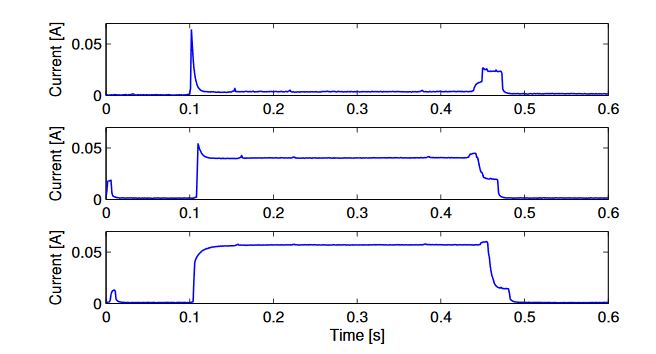
Figure 6.1. Data packet generation for an IRIS node with ADCs enabled on the MDA300 acquisition board
From Figure 6.1, it can also be seen that the energy consumed by regular nodes while sampling external sensors far exceeds the energy consumed for transmitting a packet when the LPL preamble is not needed. Most regular nodes at the ASWP tested require using the LPL preamble because they are located more than one hop away from the sink.
INTEGRATED NETWORK AND DATA MANAGEMENT SYSTEM FOR HETEROGENEOUS WSNS
Thus, our system provides a unified management framework for users with different underlying WSN platforms and technologies. In addition, newly deployed WSN(s) at new site(s) can easily join this unified management system with minimal effort. Figure 7.1 illustrates the general architecture of the system, where multiple WSNs are connected to a management server which multiple users can remotely access for their WSNs.

Figure 7.1. An illustration of the management system general architecture
SUMMARY AND FUTURE WORK
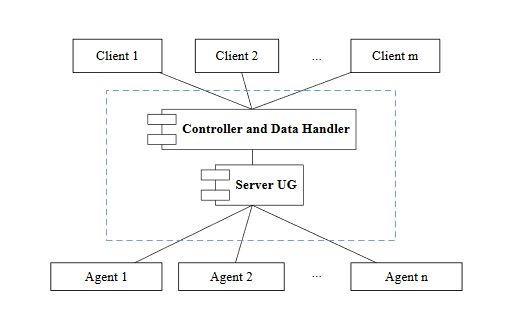
Figure 7.4. Control/Data Handler and server Unified Gateway (UG)
On the agent side, the Agent Unified Gateway (UG) controls all communication with INDAMS server and the Agent component controls the interaction with the WSN gateway and local database. Controller and Data Handler components serve clients, whereas the Server UG serves agents, as illustrated in Figure 7.4.
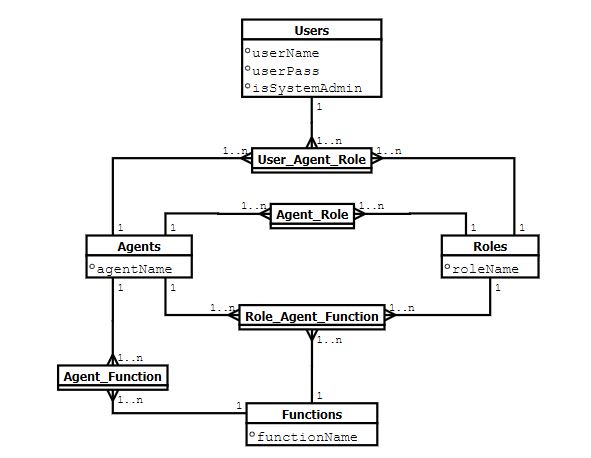
Figure 7.6. Data model for user access control in INDAMS
A special role was defined for system administrators, which do not have any restriction and also have access to system level functions, i.e., starting/stopping the system. Figure 7.6 shows the data model used for user access control in INDAM.
Source: Purdue University
Author: Miquel Andres Navarro Patino
>> More Wireless Sensor Networks Projects Abstract for Final Year Students
>> More Wireless Projects for Beginners Engineering Students
>> More Wireless Energy Projects for Engineering Students